Bill Dunford • Apr 08, 2013
One Day in the Solar System
It's an amazing time to be alive. Case in point: August 5, 2012. On that day, dozens of robotic spacecraft were exploring both Earth and sky. Some circled our own planet, sensors pointed downward in order to map the land, sea, and air. Others orbited facing outward so they could peer into deep space. Still others had left the Earth entirely, actually going to the places they were sent to explore. On August 5th more than a dozen ships were undertaking expeditions to Mercury, Venus, the Moon, Mars, comets and asteroids, Jupiter, and Saturn. Another probe was on its way to far, unmapped Pluto. Two others were even on the verge of venturing outside the Solar System entirely. A new Mars rover was about to land on the Red Planet, while two spacecraft already in orbit there were ready to relay the rover's signals to Earth and take pictures of its descent.
Here's what some of those spacecraft saw on August 5, 2012. The skilled people running those various ships acquired all of these pictures on that day (or very close to it; for example, the Curiosity rover landed on Mars on August 6th universal time, though it was still the fifth at mission control in California). Several of these images come from the data archives and have never been widely published before.
One last thing before we see the pictures. Here is what the spacecraft looked like at the very moment they were snapping those shots. I generated these using Eyes on the Solar System, a 3-D environment that realistically simulates almost any place, any spacecraft, and any point in time in the Solar System--all using actual planetary and spaceflight data from NASA.

First up is Mercury as seen by the MESSENGER mission, which has been orbiting the planet since 2011.
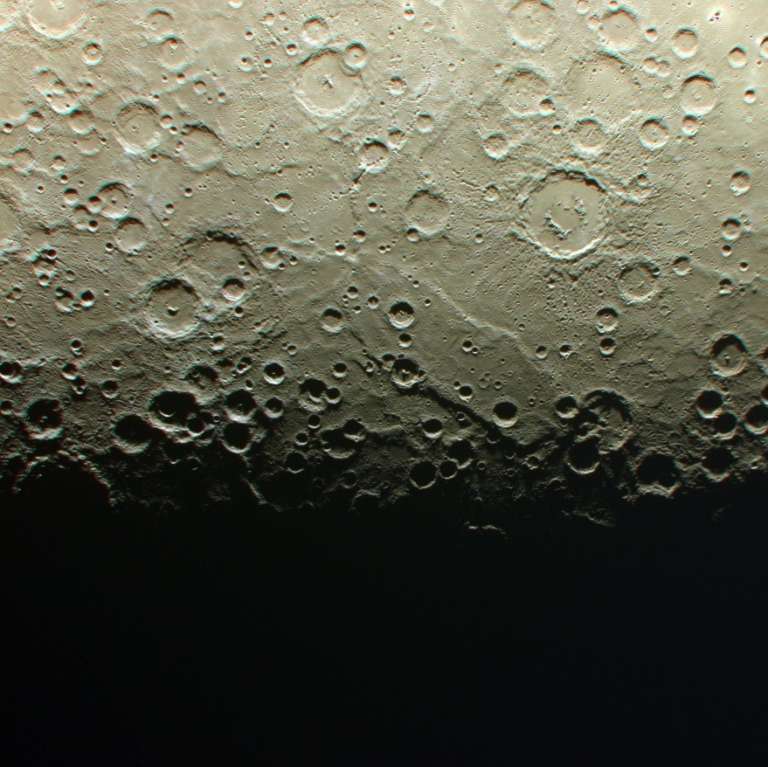
Next is Venus as observed by Venus Express, a European Space Agency mission.
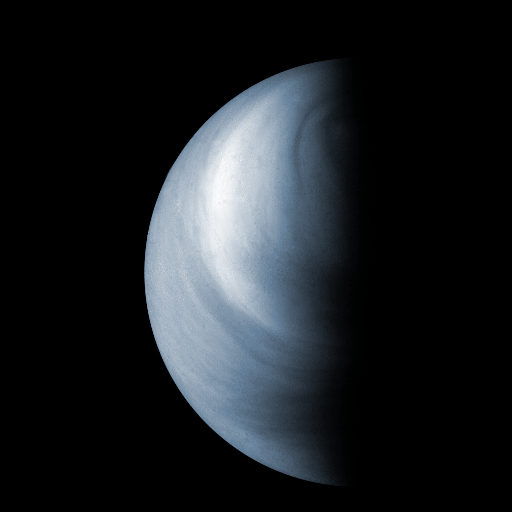
The Lunar Reconnaissance Orbiter is mapping the moon in exquisite detail.
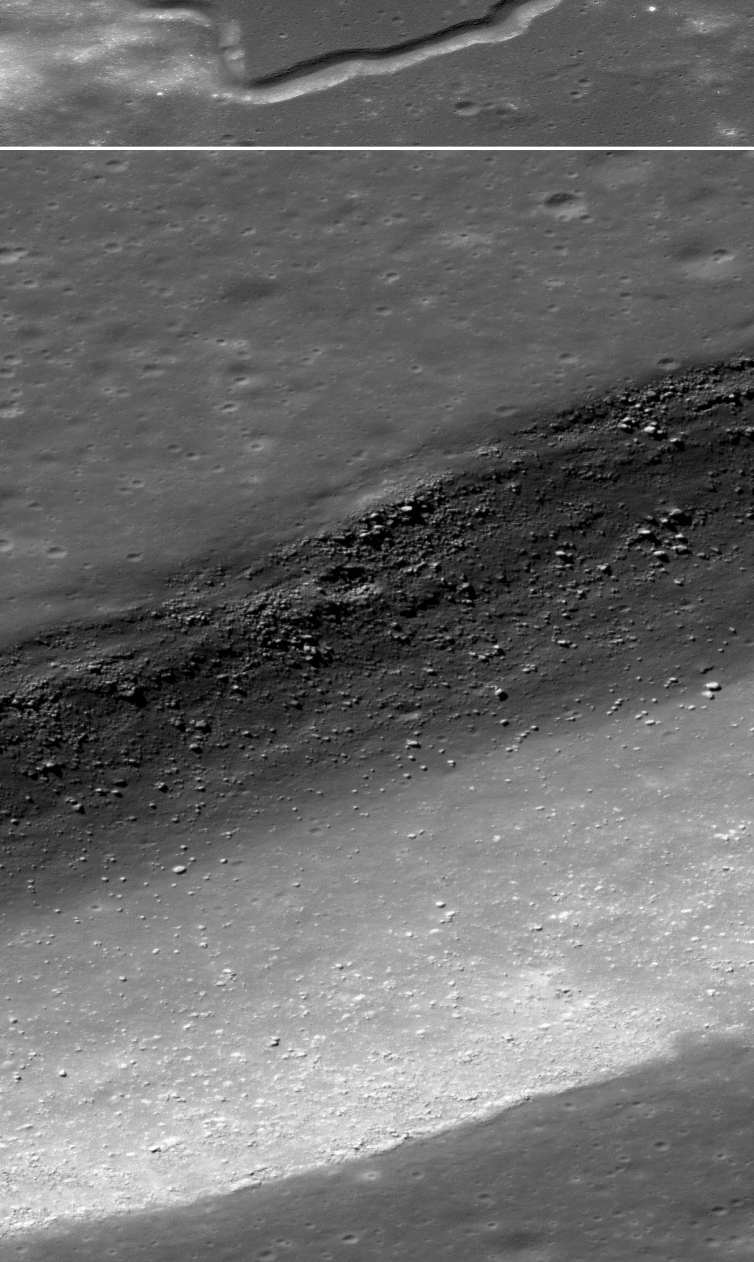
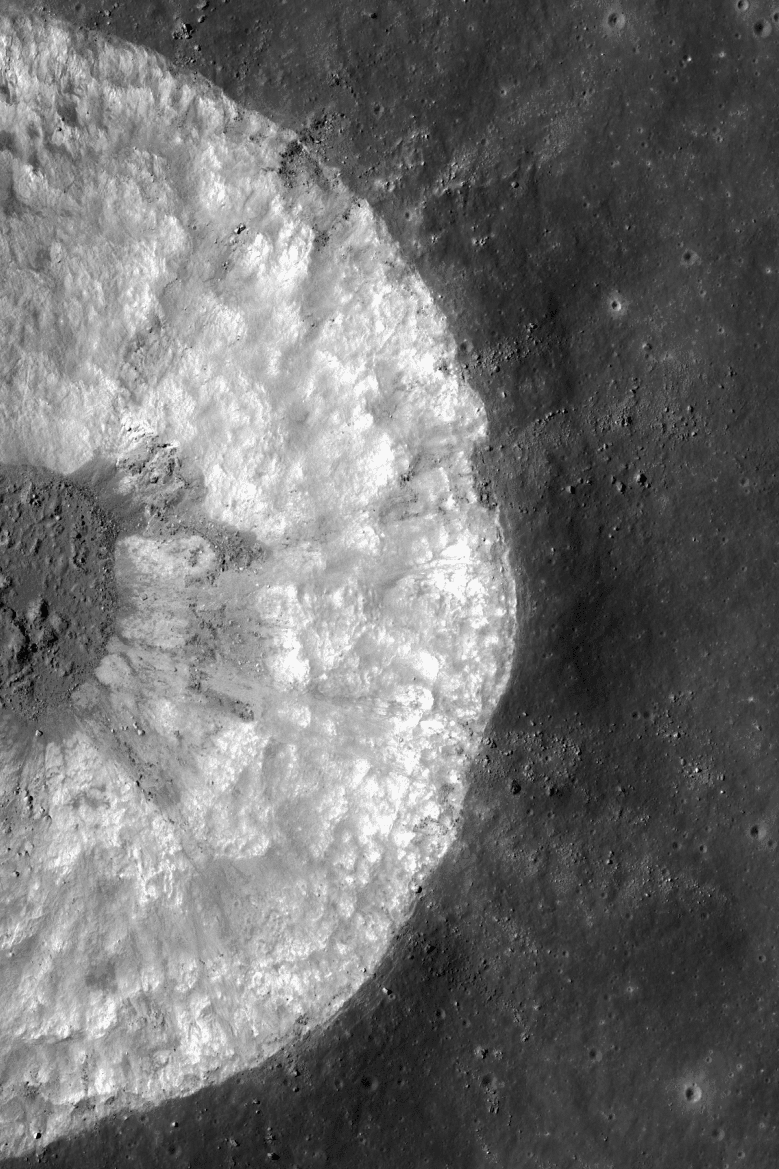
A similar mission, the Mars Reconnaissance Orbiter, is returning terabytes of striking photos of the Martian surface.
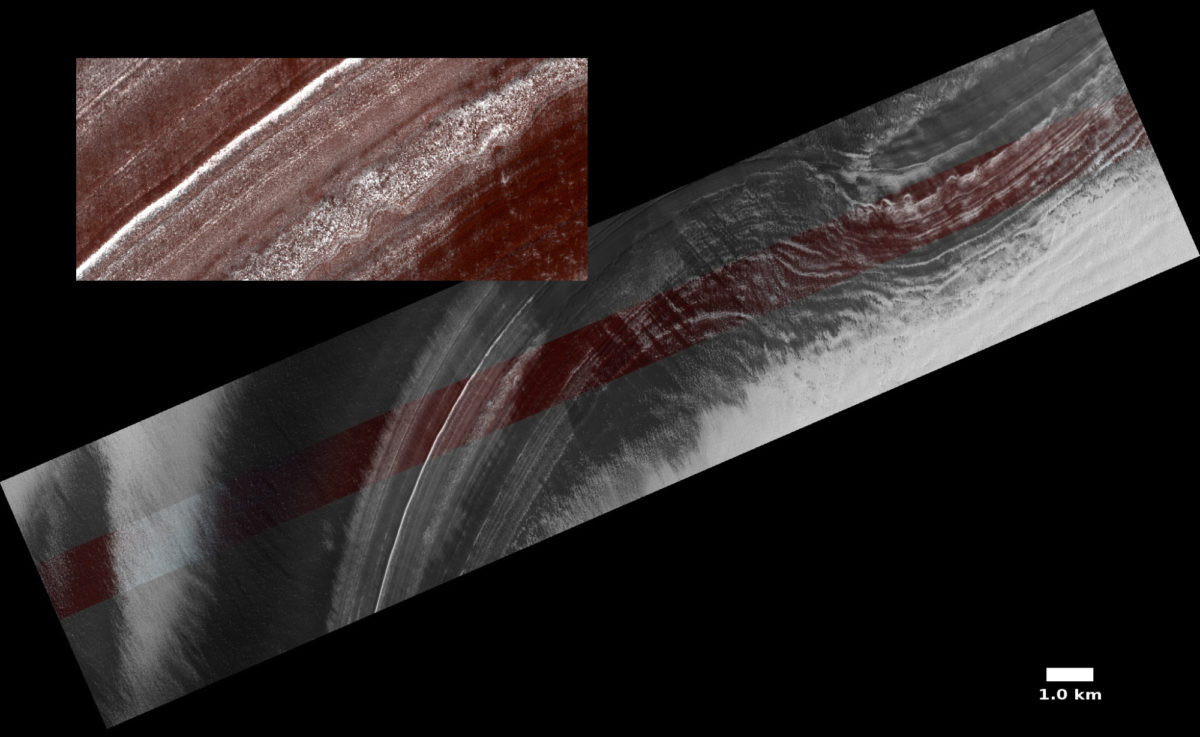

The Mars Reconnaissance Orbiter is not limited to landscapes. Just after the above shots were taken, another mission, the Mars Science Laboratory, delivered its Curiosity rover to the surface by means of the audacious "Seven Minutes of Terror" landing sequence. Amazingly, the orbiter team captured a photograph of the Curiosity spacecraft dangling from its parachute on the way down.

In the moment just after the heat shield separated from the descending spacecraft, a camera underneath the rover took an actual photograph of the shield dropping away.
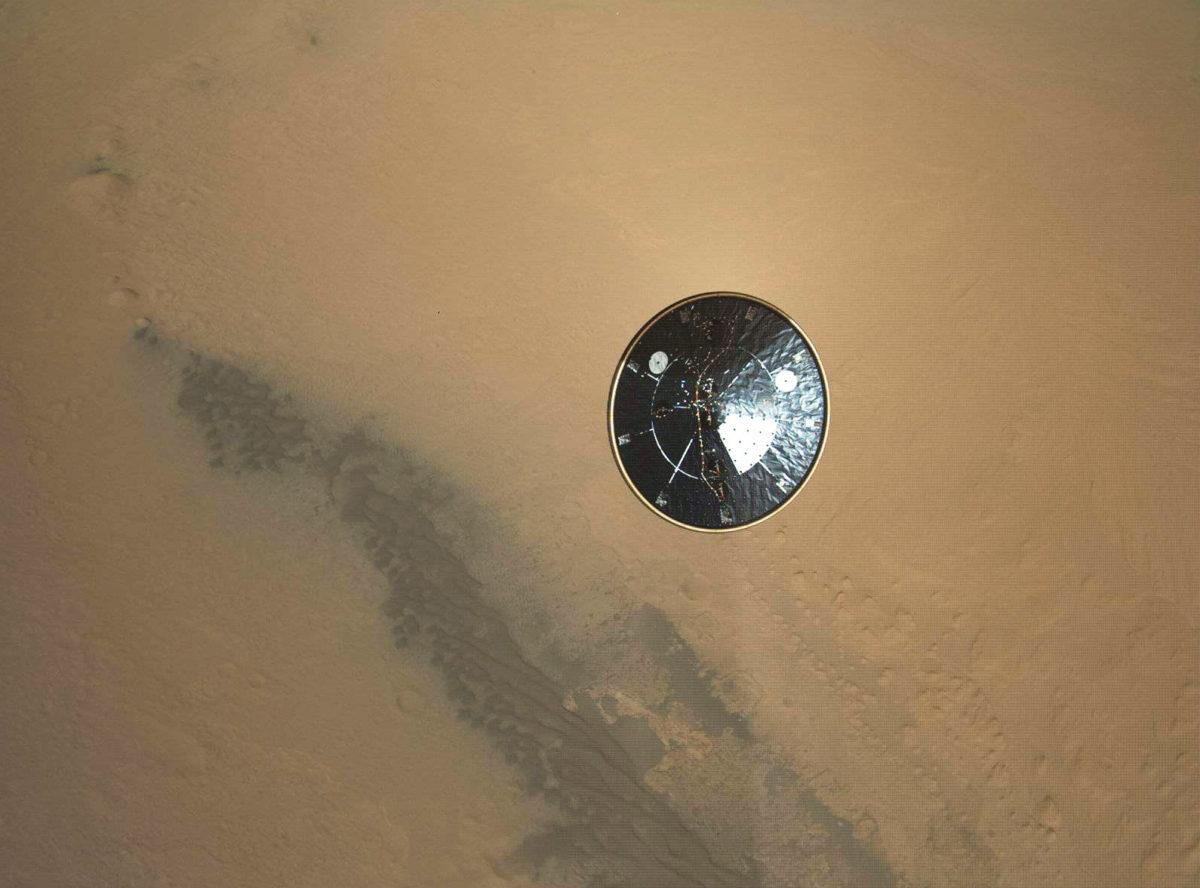
And finally, a scene from the outer Solar System. This image was actually taken a few days earlier, but was received on the ground just before that very busy August 5th.
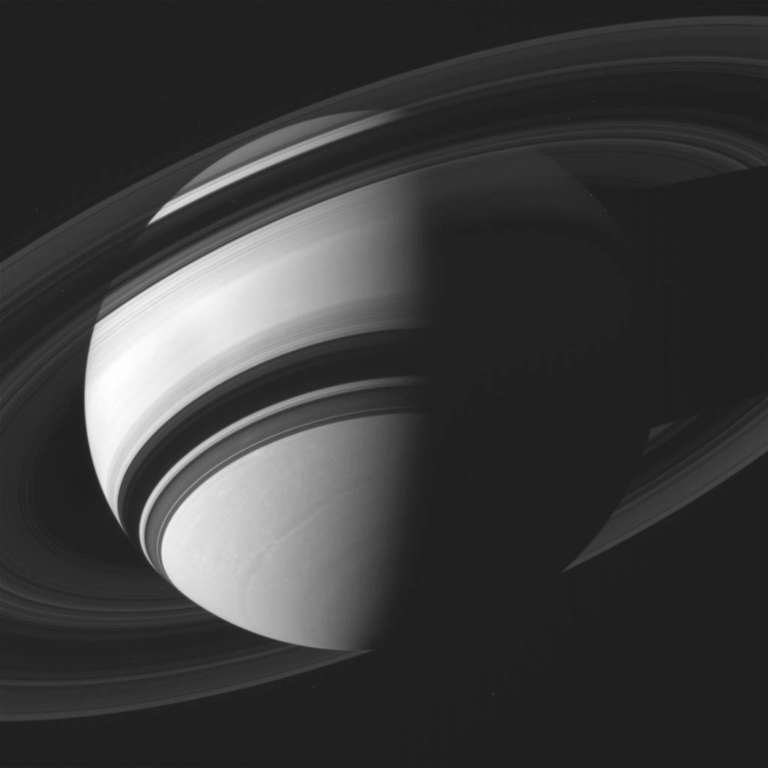
It boggles my mind that this series of images from across the deep sky was obtained over a few short days. We're living in a golden era of exploration.
Still, I worry that my children will only know these worlds as places from history. For example, there is currently no mission in the serious planning stages to go back to Saturn, not even to investigate the geysers of the ice moon Enceladus, which we now know hides an underground ocean of liquid water that could harbor life. Planning and executing missions like that can take decades.
We still need to campaign for the future, and joining the efforts of the Planetary Society is a great way to do it.
Support our core enterprises
Your support powers our mission to explore worlds, find life, and defend Earth. You make all the difference when you make a gift. Give today!
Donate

 Explore Worlds
Explore Worlds Find Life
Find Life Defend Earth
Defend Earth

